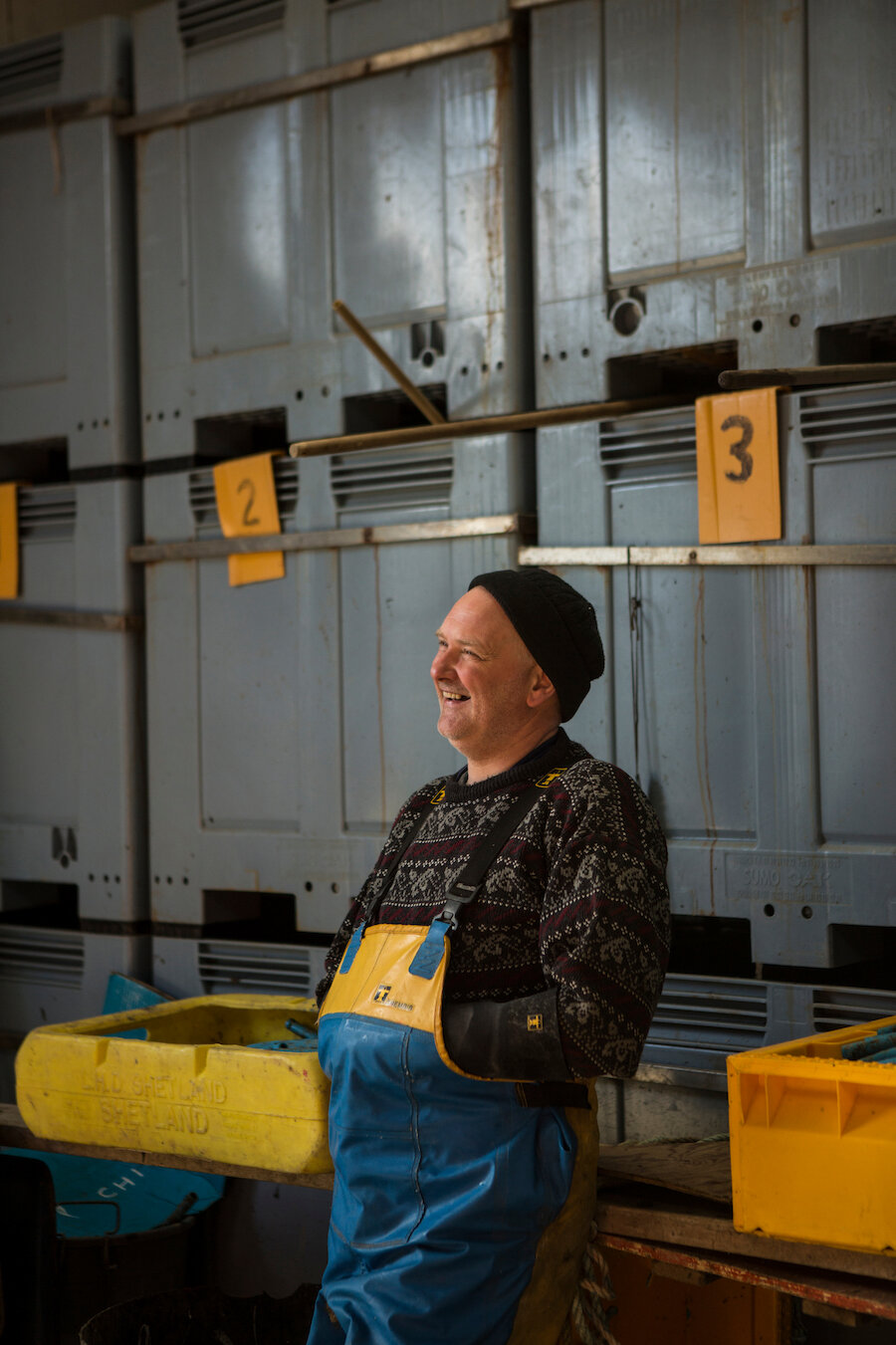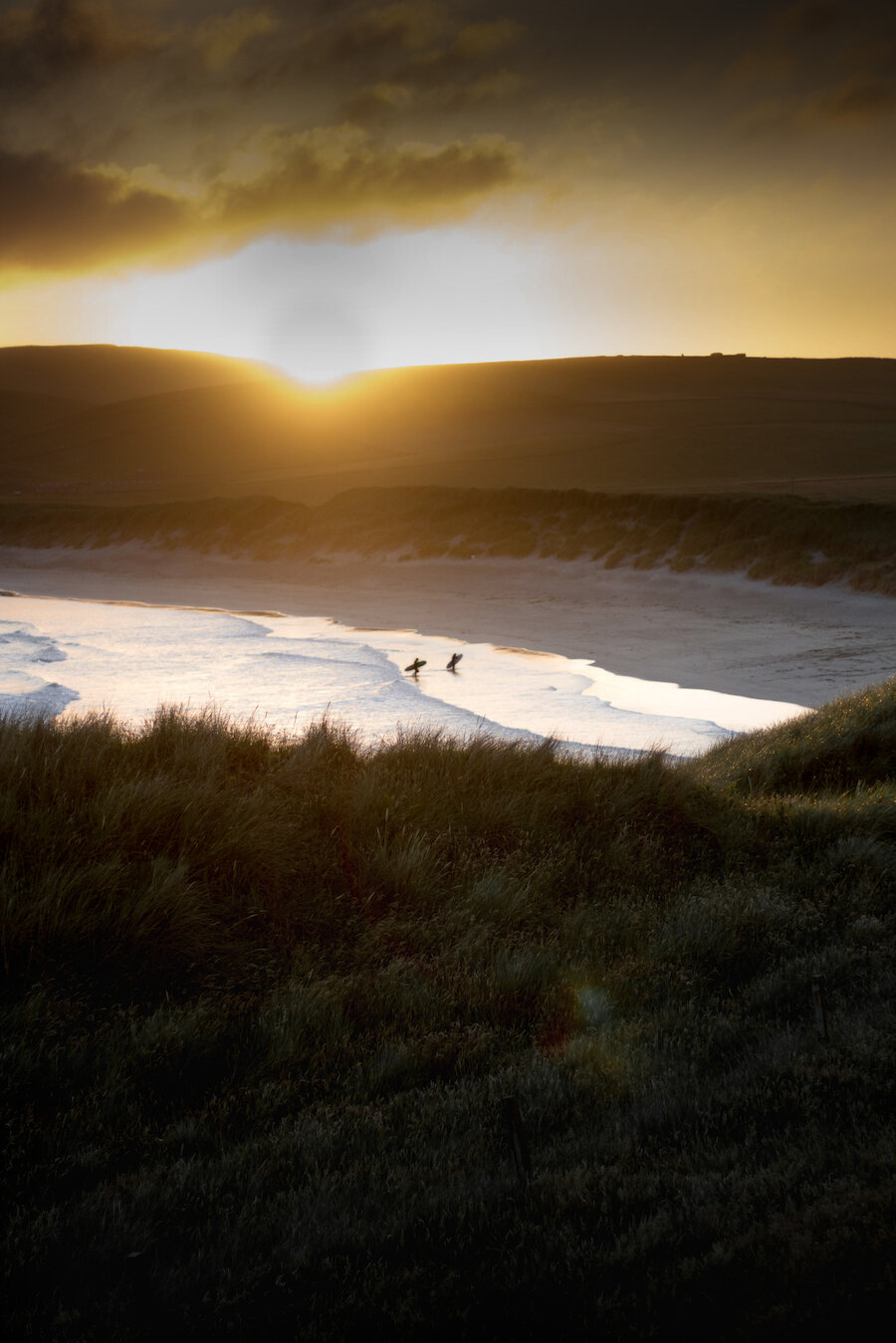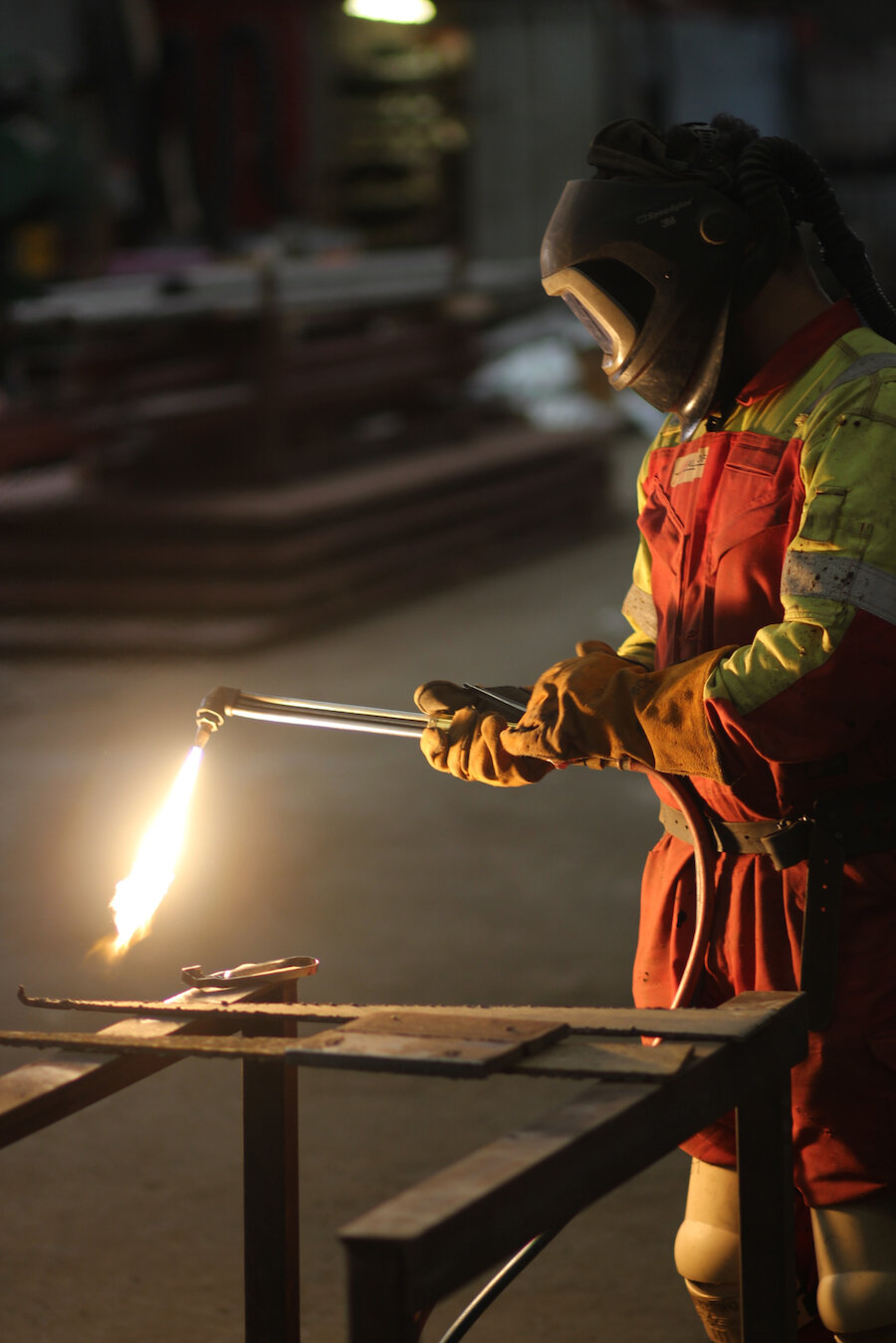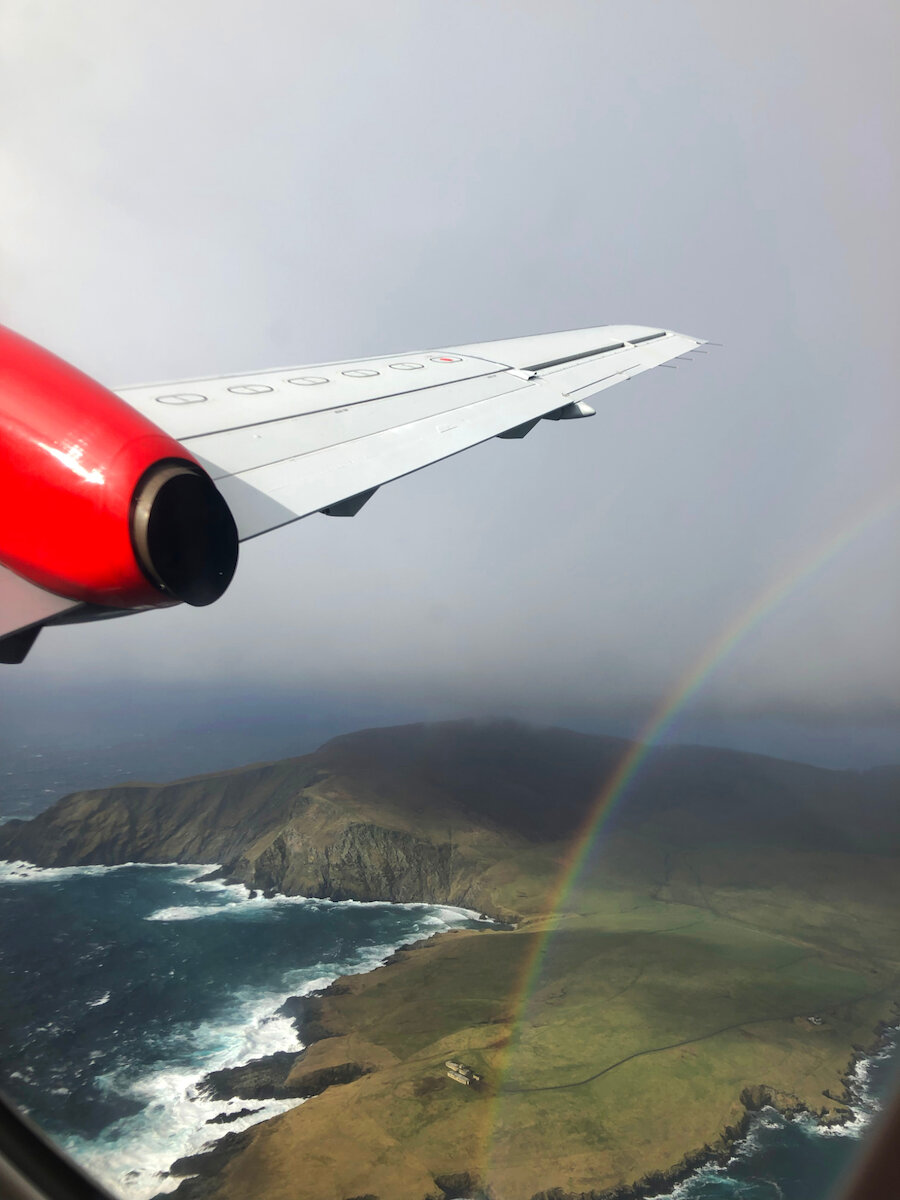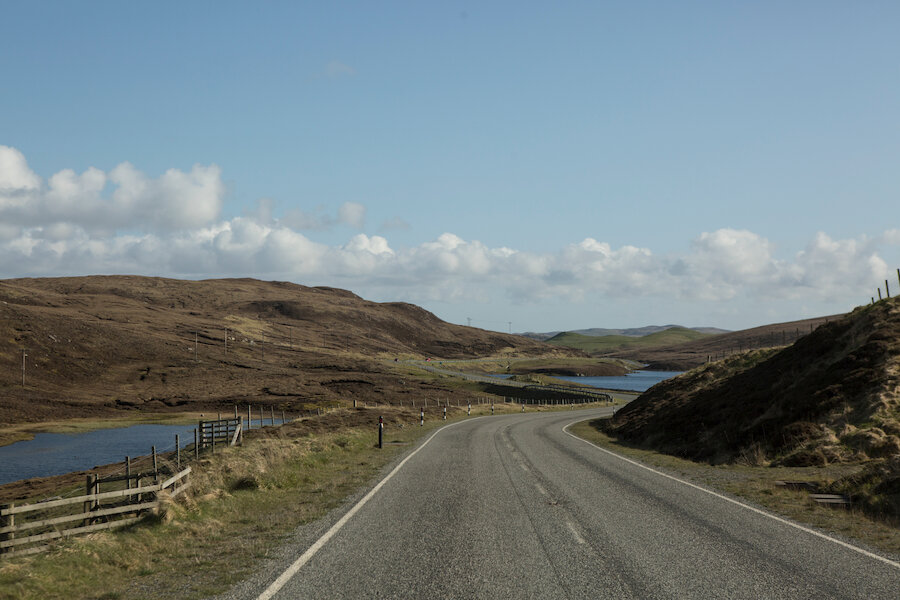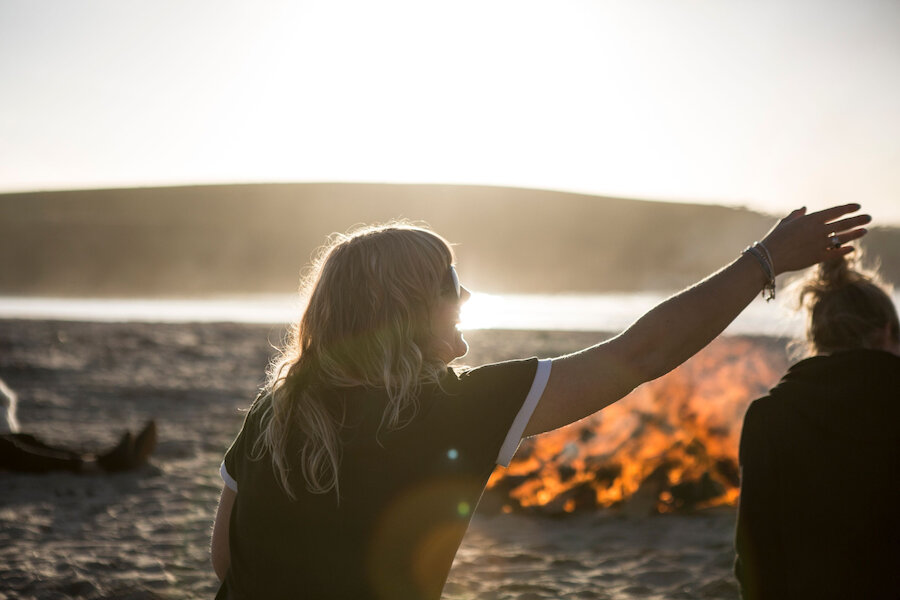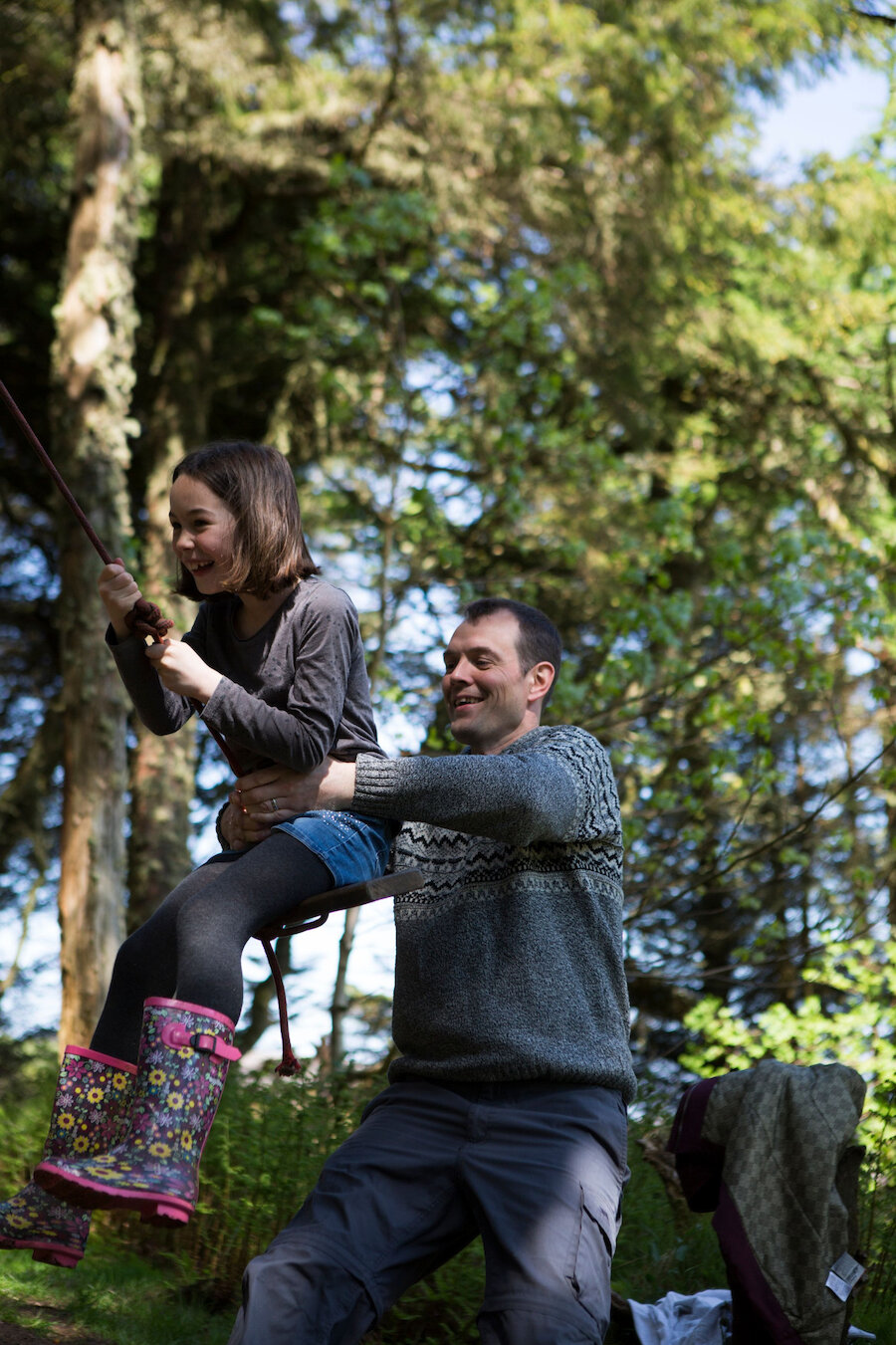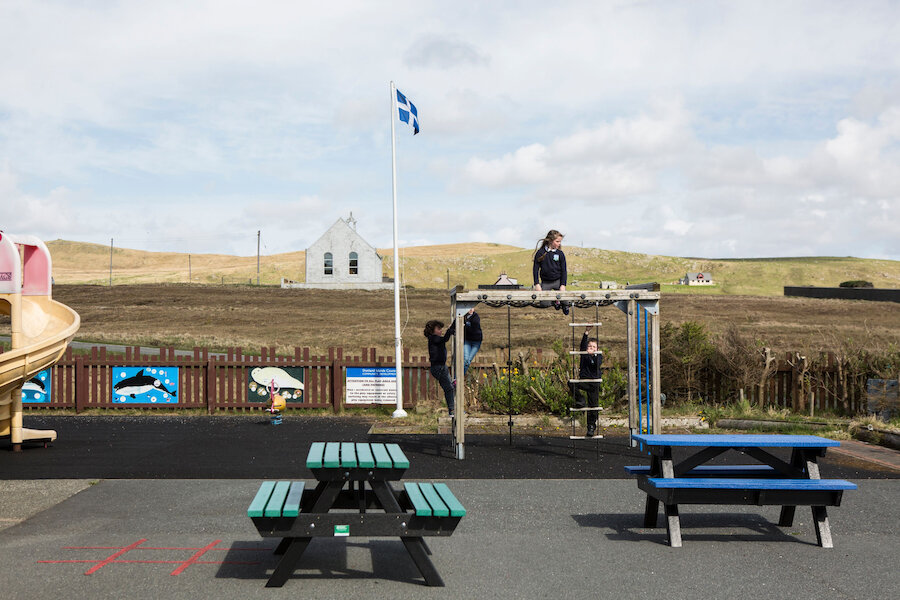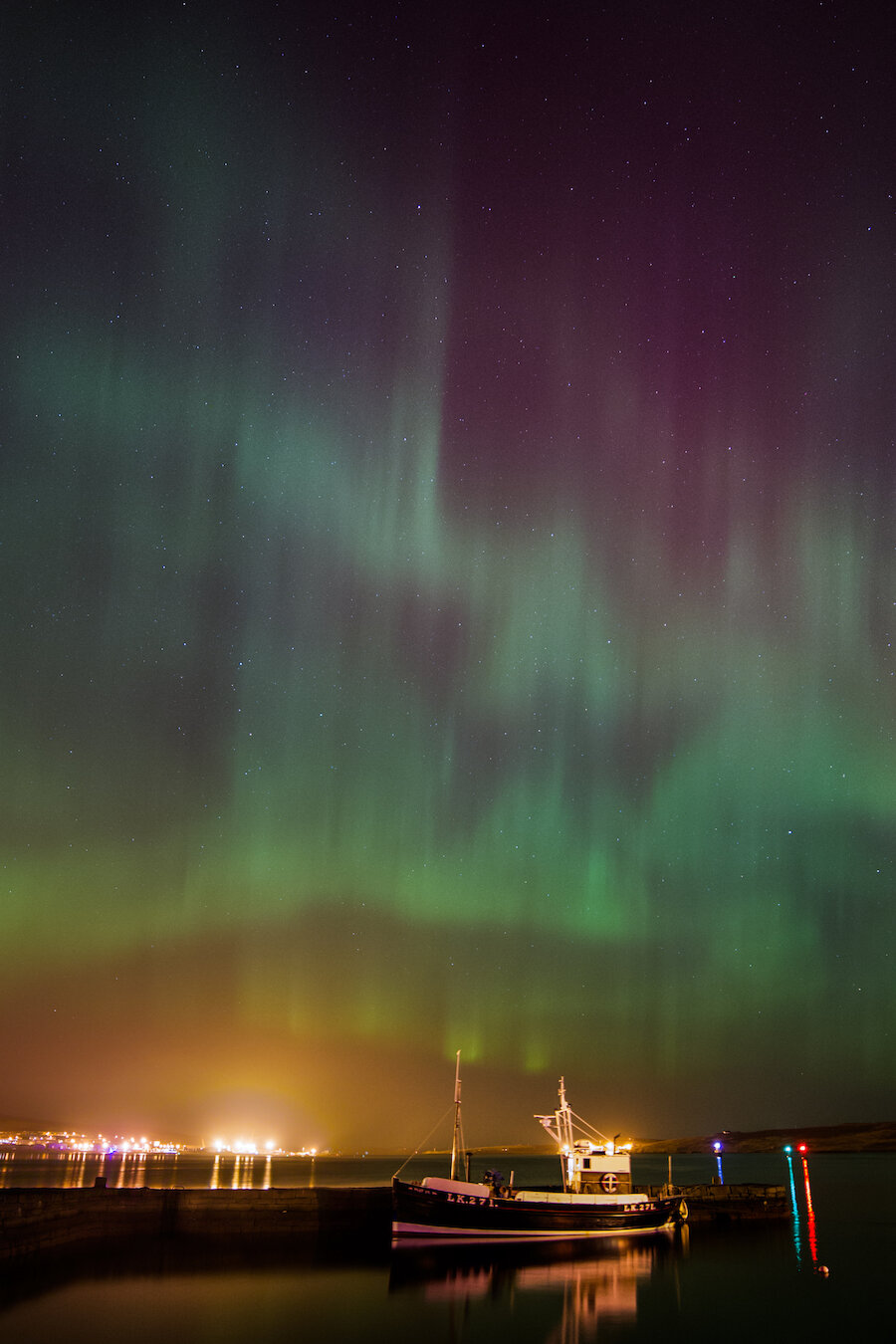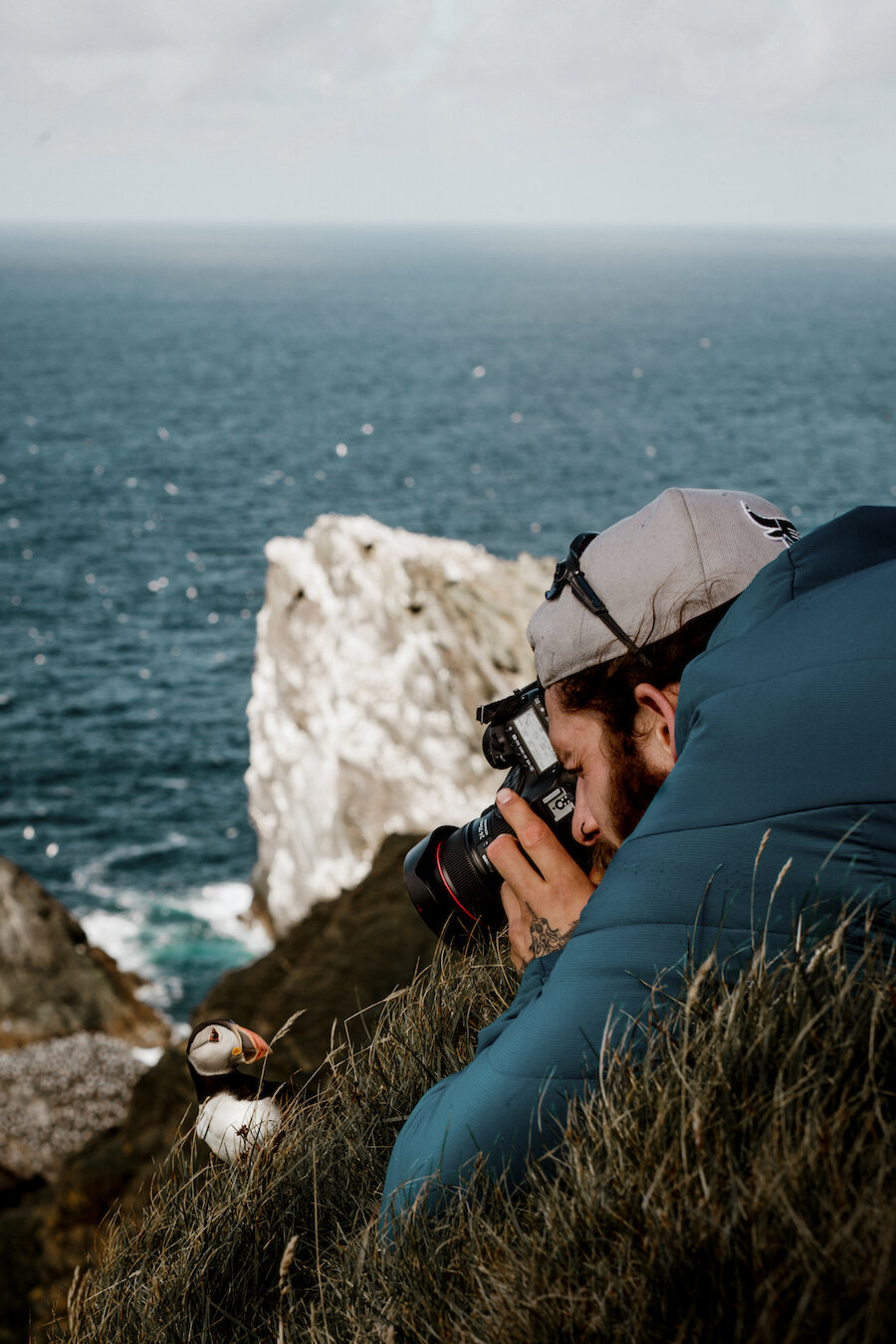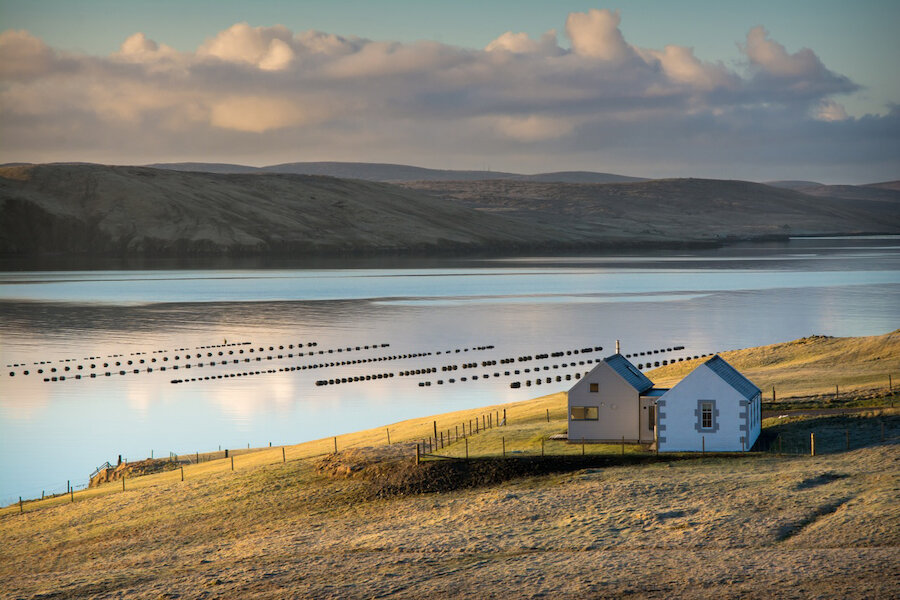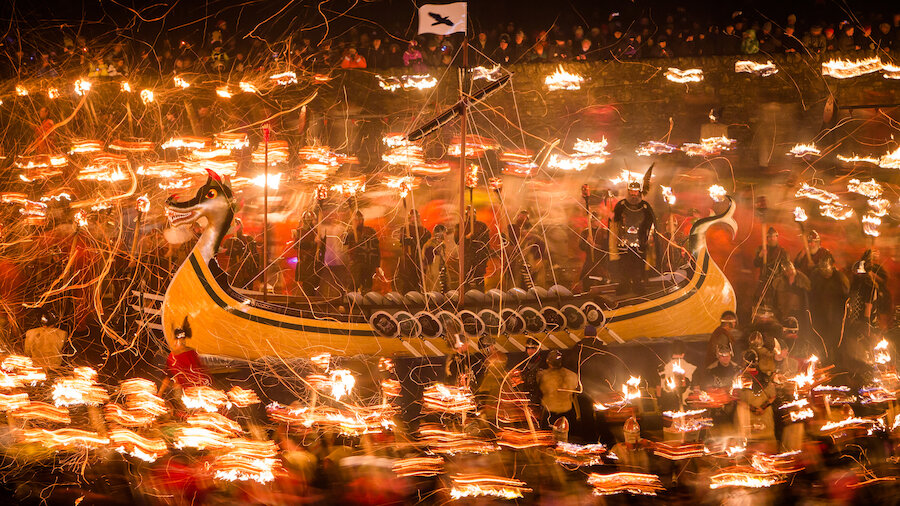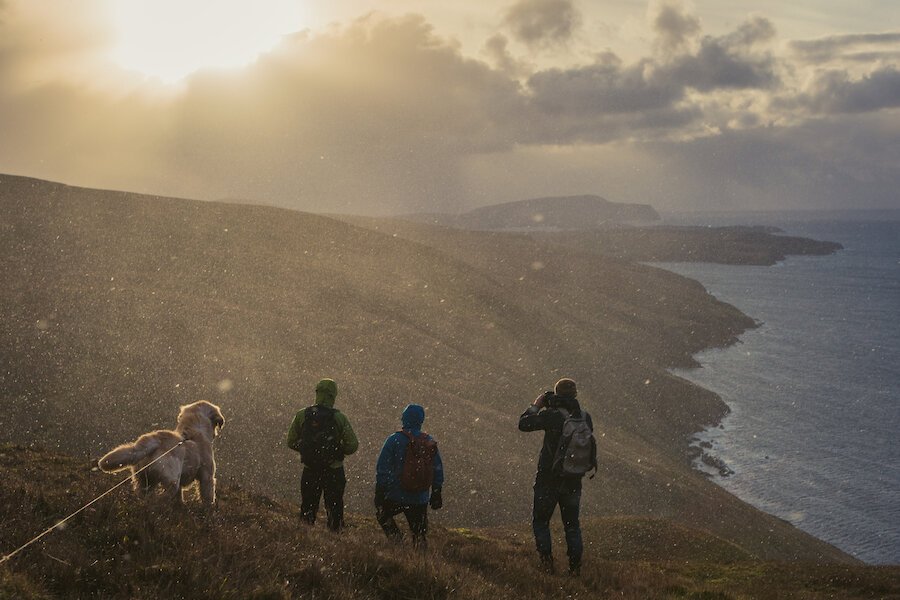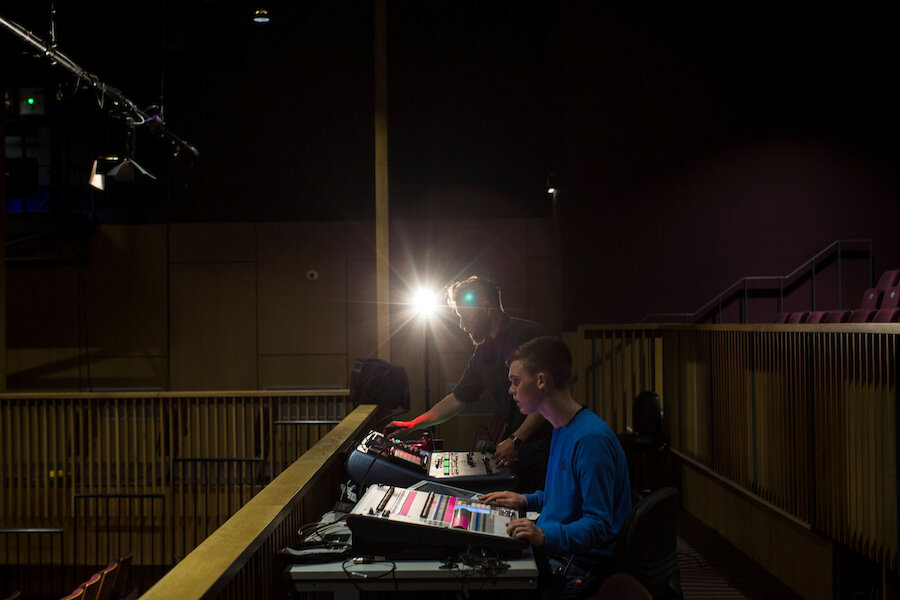1. Because you’ll get a warm welcome
The Shetland welcome is famous, especially for newcomers to the islands. “I thought it might be difficult for me,” says Bronwyn Smith, who moved from her native New Zealand with her Shetland-born husband Ross and their young daughters in 2011. “But I couldn’t have been more wrong. It was this instant welcome, and everyone was so keen to help us and the children settle in.” According to Yell mussel farmer Christopher Thomason: “The work is here, and we want more people to come, especially young families. You’ll be welcomed with open arms.”
